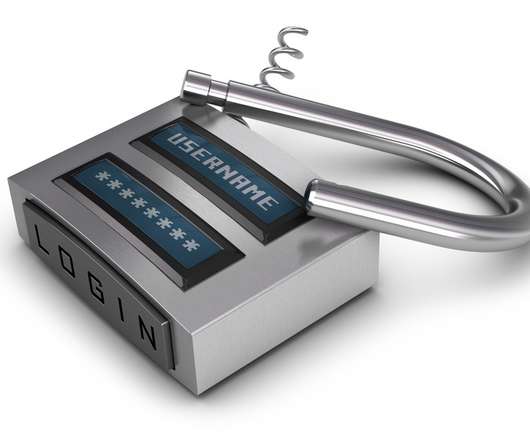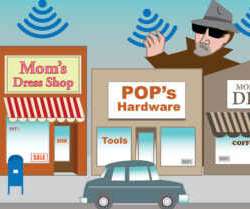No “Apple magic” as 11% of macOS detections last year came from malware
Malwarebytes
MARCH 5, 2024
In reality, “Apple magic” is more a byproduct of old advertising (this 2006 commercial from the “I’m a Mac, and I’m a PC” series did irreparable harm) and faulty conclusions concerning cybersecurity’s biggest breaches and attacks: People mistakenly believe that because most attacks target Windows computers and servers, no attacks target Macs.





















Let's personalize your content